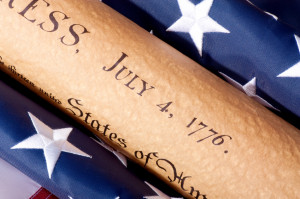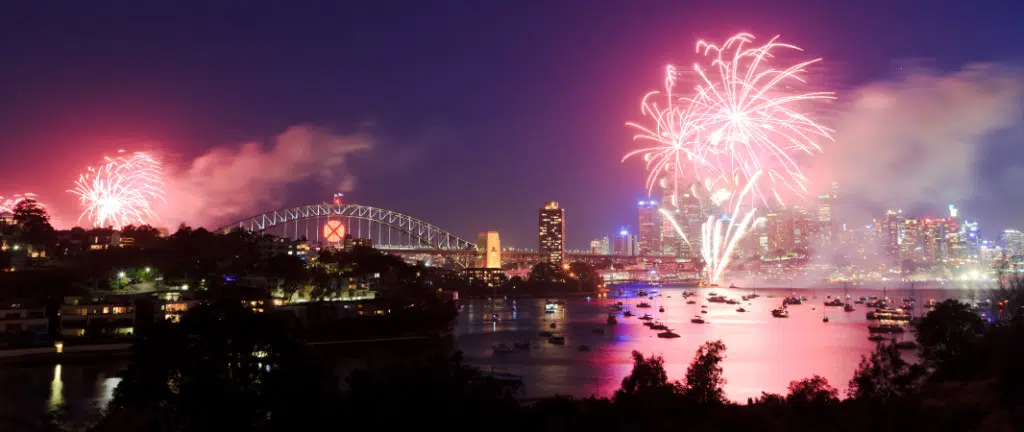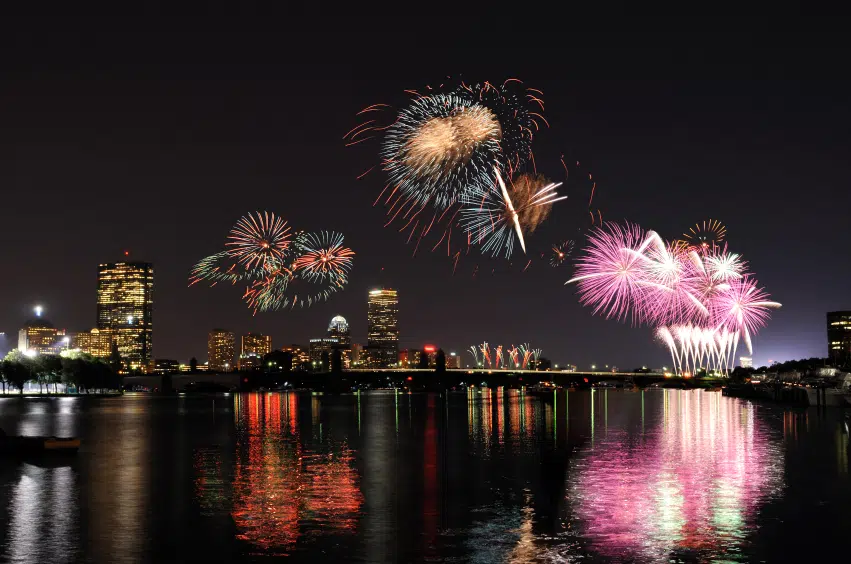Like most great inventions, fireworks were a happy accident. It’s hard to know exactly what happened all those years ago, but the most popular theory dates back to 7th century China, where it is believed that a cook combined three common kitchen ingredients – potassium nitrate (used for preserving foods), sulfur and charcoal. Heated and dried, the mixture became a black powder that created a loud noise when ignited. The cook had stumbled on the formula to make gunpowder, but it wasn’t used for that purpose until much later.
Another item that created a loud noise when ignited was bamboo, which when thrown into a fire, crackled and popped, warding off evil spirits. Quite possibly starting the tradition of wanting “more bang for your buck”, they poured their newfound black powder into the bamboo sticks and threw them into the fire. When the pressure built up it blasted the tube apart and BANG! the first firecracker was born.
Although bamboo fire sticks are not commonly offered at today’s road side stands, it is the same basic principle and recipe that is used to make present-day fireworks. The recipe hasn’t changed, but the technique sure has. It is an ever evolving art among pyrotechnicians to make bigger and more spectacular fireworks every year. Ever wonder how it all happens? It’s probably not a stretch to figure out that chemical compounds are responsible for the variety of colors that light up the sky, but it’s the shapes that are a little more mystifying. Cones, rings, palms and the occasional smiley face are just a few of the blast patterns and depending on where you stand, the same blast seen from different angle will take on a completely different appearance. The dazzling effects are due to strategically placed stars within the firework shell. Stars are chemical compounds that when ignited make a specific color or effect. The way they are positioned within the shell will determine their pattern.
So, now you know where fireworks came from and how they are made, but do you know why we celebrate with fireworks on the the 4th of July? If it were up to John Adams, we would be celebrating on the 2nd, the day that the Continental Congress voted to declare Independence from Britain. Not the 4th, which is the day that the 
So even if it wasn’t on the day of his choosing, he did start a tradition that has held strong for over 2 centuries. Thank you Mr. Adams.
If you like to put on your own backyard blast, check out this site to plan your display: http://www.pyrouniverse.com/consumer/types.htm
If you are not a fan of loud noises, but would still like to enjoy the show, you can watch from the comfort of your living room:
http://www.pbs.org/capitolfourth/firework-name.html


